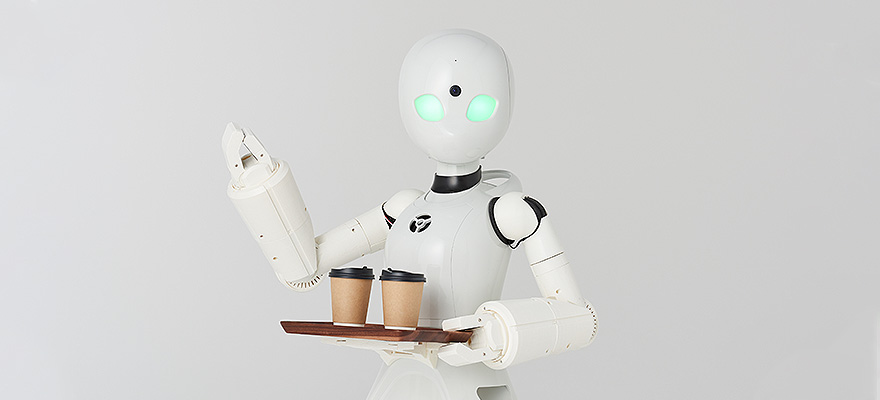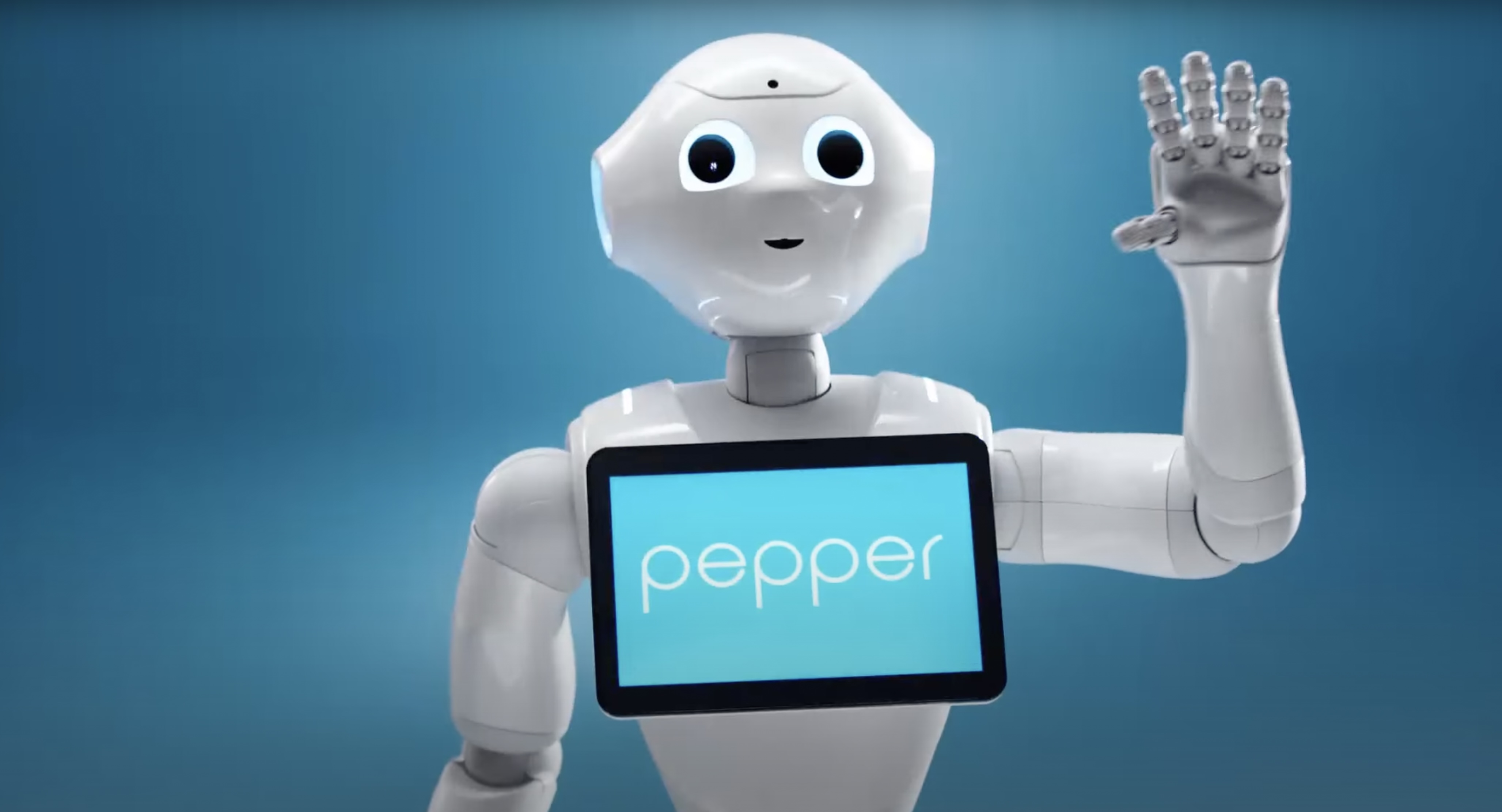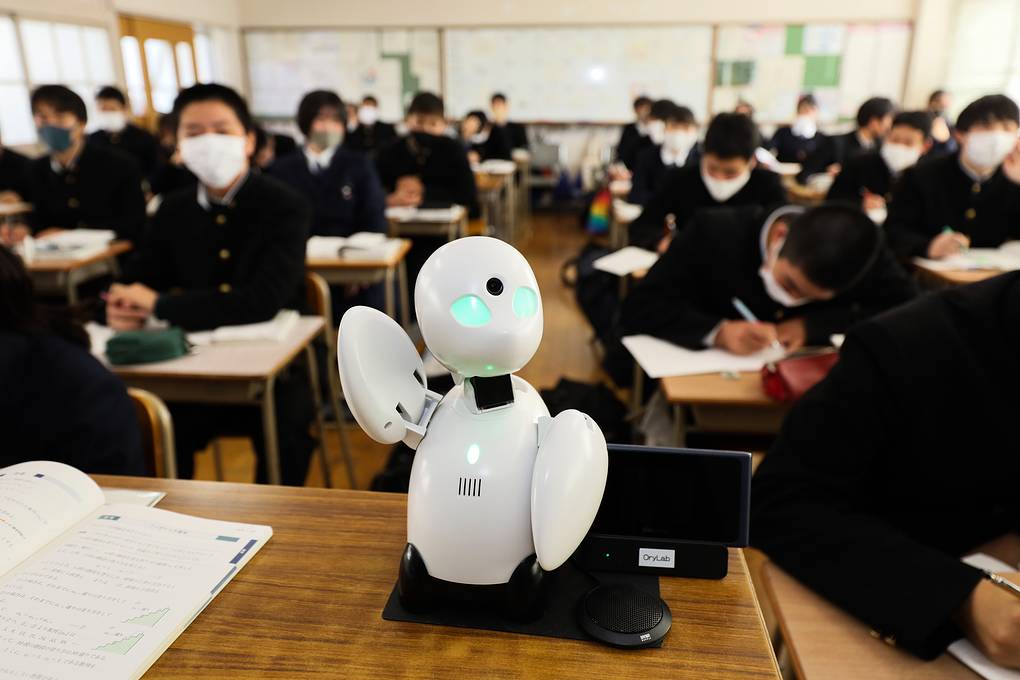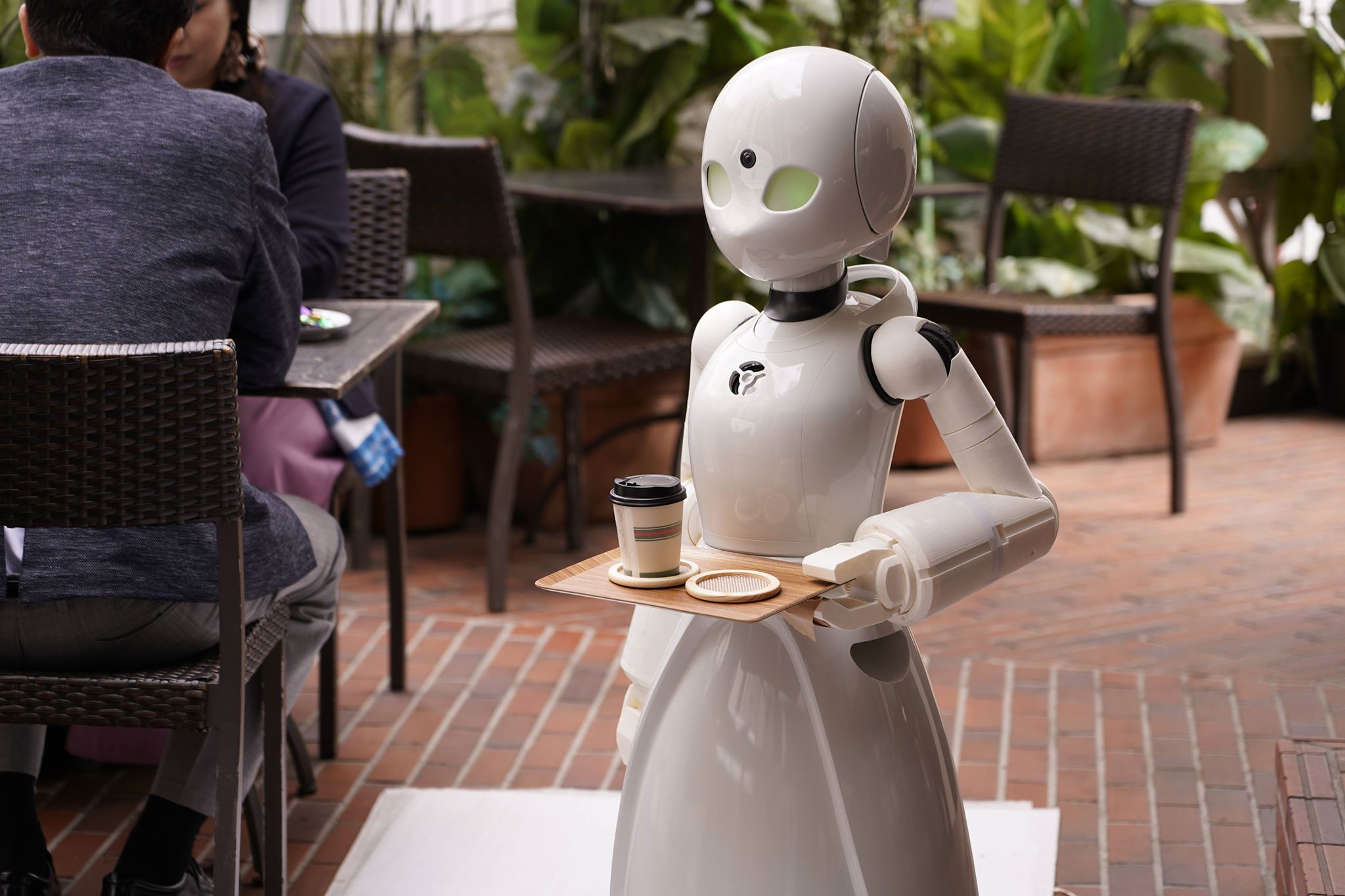
Dec
ROBOTS IN JAPAN: MORE THAN MEETS THE EYE
What do people think about when they think of Japan? Delicious food like sushi? Famous anime and manga characters like those in Dragon Ball? Ferocious monsters like Godzilla? The answers are yes. However, people also think about technology and robots. In fact, they are so highly associated with Japan that one might not be surprised to hear how robots are being used to enhance and support daily activities.
WHERE ROBOTS HAVE BEEN: ASIMO
Honda developed a robot called ASIMO in the early 2000s. This robot was groundbreaking and the first step into trying to incorporate robots into the lives of human beings. Asimo could recognize people approaching it and simple gestures or commands given to it. ASIMO was also able to navigate its immediate surroundings and detect obstacles or fallen objects. While ASIMO’s primary purpose was to help people with daily activities, its capabilities were slightly limited. Still, it was capable of kicking a ball, walking, running, dancing, and hopping. In 2018, Honda decided to stop the development of ASIMO and use what they had learned to continue developing other technologies.
WHERE ROBOTS ARE: PEPPER

Developed in 2014 by SoftBank, Pepper was the first robot with social interaction. Its primary purpose was to have fun with people, facilitate relationships and connections. It can recognize people’s emotions and interact with them
in a playful and informative manner. One is highly likely to encounter Pepper if one walks into a large SoftBank mobile phone store in Japan. It can also be found in other countries like the U.K. and France; it has also been made available for personal purchase. Unfortunately, the development and production of Pepper were paused this year due to slow sales and prolonged effects of the COVID-19 pandemic.
WHERE ROBOTS ARE GOING TO: ORIHIME
The latest buzz in the robotic community is OriHime, a robot developed by Ory Laboratory whose mission is to solve human loneliness through communication technology. Two versions of its OriHime robot were created to combat this social problem.
OriHime: this small robot was created with physical movement restrictions in mind. It can help children in their school life, and adults attend social gatherings or ceremonies if they are impaired due to hospitalization or physical disabilities.

Orihime-D: a full-size 120cm avatar robot is intended to allow people to “pilot” the robot and communicate with others from a distant place. Its physical features enable it to work as a server at a restaurant or a guide in a building.

WHAT IS NEXT FOR ROBOTS?
In the last 20 years, people have seen robots come to life and be made to ease all types of struggles people face in their daily activities. The future is only bright from here on out. Eventually, robots will become an integral part of people’s social and professional lives, just like smartphones have become an extension of themselves.
Robots will allow companies to better understand and interact with consumers who cannot visit a physical store or may not be comfortable with face-to-face interactions. They will also act as a companion and assistant, thus creating a strong connection between a company’s offerings and its customers.
- Can you imagine being able to ask a robot to make a large number of copies from the nearest Xerox printer in your office and return them organized and stapled?
- What if you could ask a robot to go to the nearest 7-11 convenience store and bring back daily essentials and perishables so that you don’t miss a live sporting event on TV?
- Would it be possible to ask a robot to drive your Mercedes-Benz car to the nearest dealership for maintenance on a cold winter day?
The future of robots makes these questions less hypothetical than one may imagine. The following 20 years of robotic technology will change how we see and interact with robots and other people.



Sorry, the comment form is closed at this time.